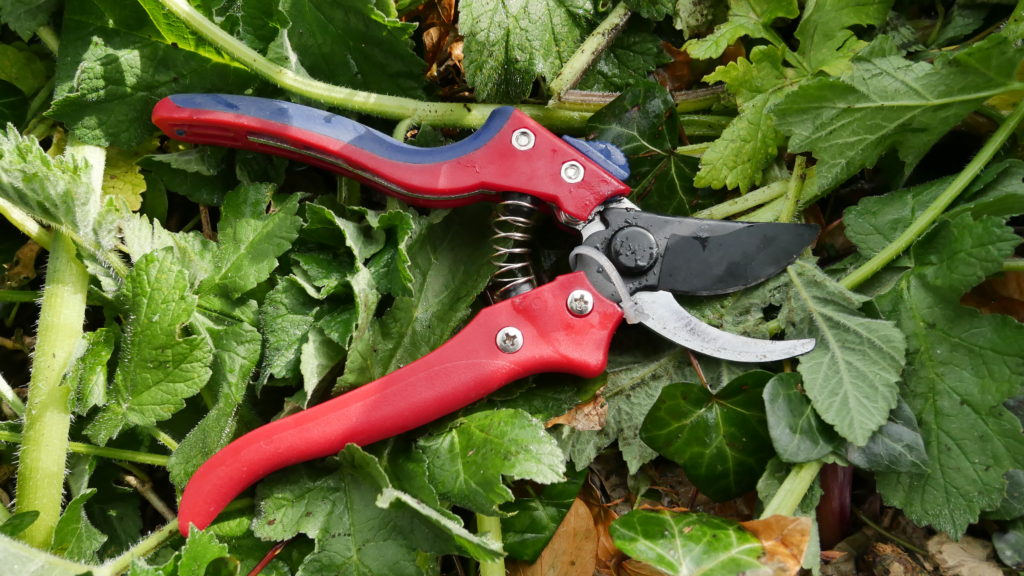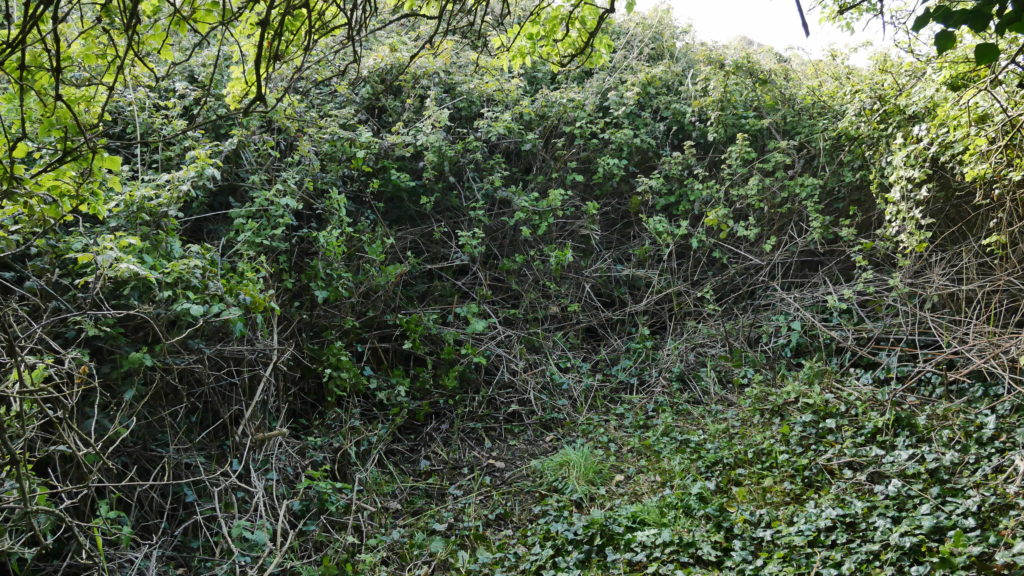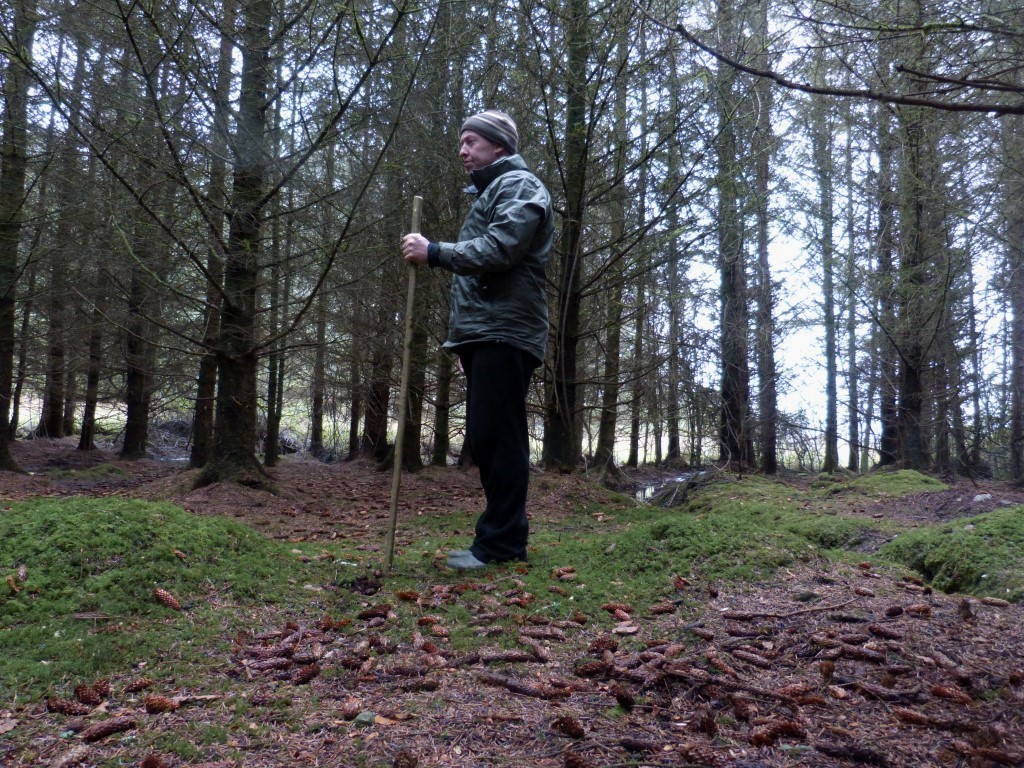By Sean Fagan

It was a day in November, 3 years ago, when I finished a cup of mint tea in a cafe and wandered into the high desert of the Atlas mountains in Africa. I was looking for a place to camp. I was a little worried about where to camp as I didn't want to run the risk of my camping gear becoming stolen or damaged, as I planned on being absent from my camp during most days.
Eventually I found a spot - deep within a dense stand of shrubs beside a river. I was camped in the desert, about 2 km from a town where I had my tea a few hours earlier. I was very well hidden. I felt secure.
Stealth-camping is sometimes a reality of camping in wild places. Put simply - there are times we need to be very discreet, which often means camping within thick vegetation to hide our presence.
One tool I've found very useful for stealth camping, especially within thorny vegetation, is a secateurs.
Over the last few years, I've been occasionally using a secateurs for bushcraft.
With a secateurs I can quietly and efficiently clear away a messy tangle of thorns.
In my home country of Ireland I occasionally camp among gorse and blackberry shrubs - both common, prickly plant species. It's great to camp within them as they provide a lot of privacy and considerable shelter from the elements (both are great wind shields, especially gorse).

With my secateurs I can quickly clear away an area of roughly 12 feet (3.6 metres) diameter of blackberry or gorse, in about 30 minutes.
In case you may think this is a destructive practise, it's not - I've often revisited previous wild-camping spots after a couple of months - and the site is mostly overgrown. Blackberry is particularly fast-growing and can easily reclaim a former camping site in about 2-3 months.
I don't always use a Secateurs to clear away thorny vegetation.
When it comes to clearing away thorny vegetation I occasionally use my long-bladed parang, which is extremely efficient and can clear up a camping area of difficult vegetation in less than 10 minutes. But I often don't bring my parang on camping trips as it's often not needed (I still mostly prefer my knife and foldable saw combination for general bushcraft).
Other times, I use what nature provides and occasionally use a staff, made from a sturdy branch that is sourced in the wild (I make mine about 5 foot long). With the staff I simply bash away thorny plants.

The best combination I've found is a staff and secateurs - the staff for a rough, quick clearance of the vegetation - the secateurs for a precise finish. Both compliment each other perfectly.
When choosing a secateurs - I look for two key features - 1) good quality steel blades and 2) the spring is of high quality. The number one reason why inferior brands of secateurs have failed me in the past is because of a poor quality spring. Once the spring goes - the secateurs becomes useless.
If you haven't used a secateurs in the wild - I highly recommend you do, especially when you want to quietly create a wild campsite among thick vegetation.
It's a small, relatively lightweight, compact and quiet tool that can easily be tucked away with other bushcraft tools in your backpack.
Related articles on this website:

Recent Comments